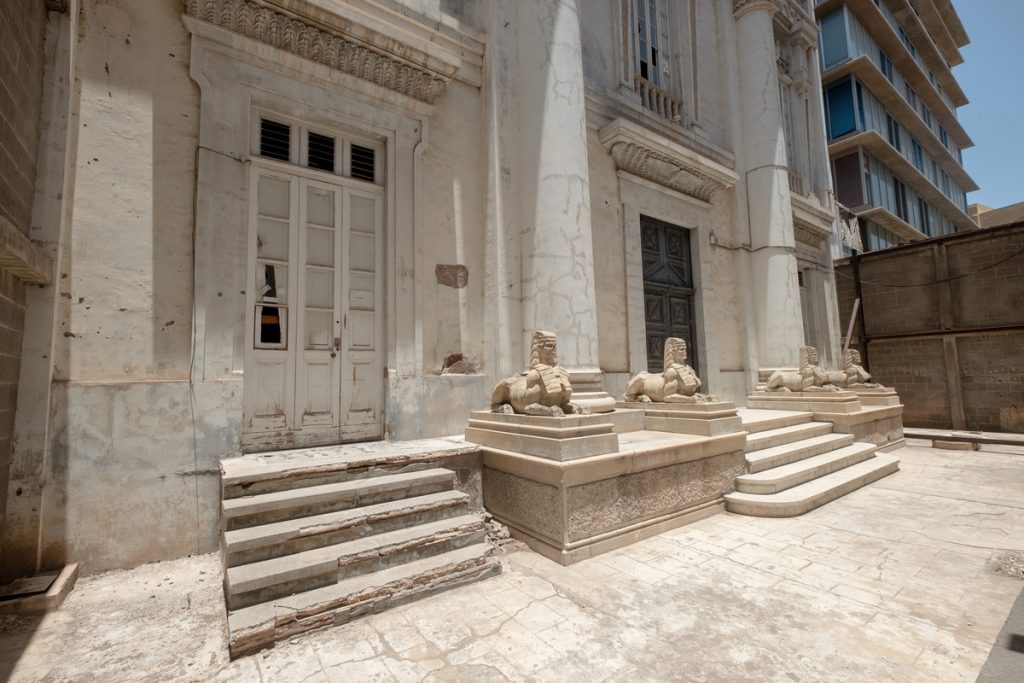
The Government Board plans to approve today the service contract for the drafting of the Project, Facultative Management and Health and Safety Coordination of the rehabilitation works of the Masonic Temple, with an execution amount that exceeds 3.2 million euros. In this way, the next step is taken, after already having the rehabilitation project, which is to start the tender with the drafting of the technical and administrative specifications of some works that aim to return the splendor to a unique building in Europe .
A few weeks ago the State confirmed the contribution of almost all the money from this intervention in the chicharrero heritage thanks to an amendment of Nueva Canarias to the General State Budgets. They will be provided by the General Directorate of Heritage and Fine Arts of the Ministry of Culture, as confirmed by the person in charge of the area, Isaac Sastre de Diego, on February 18, to the mayor of Santa Cruz, José Manuel Bermúdez, at a meeting held in Madrid. The Institute of Cultural Heritage of Spain is in charge of carrying out the delivery operation to the City Council of Santa Cruz de Tenerife of the money that will be used to rehabilitate the Masonic Temple.
The mayor recalls that it is the “only example of Masonic architecture in Spain, built in 1904, and that it is destined to become a building that, once reformed, will be a major attraction for residents and visitors and a pole of indisputable attraction for the European and international Masonic community”.
Bermúdez highlights that “it is a rehabilitation of the historical heritage of this municipality that reaffirms the political commitment of the government group to recover for this capital all the symbols and buildings with which it is intended that the neighbors feel proud of this city, its history and its culture”.
“Also for those who visit us – stressed the mayor -, to whom we must convey that this city has a lot to see and tell, such as the next Rodin museum in Viera y Clavijo, the collection of Sculptures on the Street, the Palace de Carta, the Villasegura building or the Castillo de San Andrés, among others”, argued Bermúdez.
The mayor recalled that “for our part we continue to take the necessary steps and today the drafting of the technical and administrative specifications is approved in order to put the works out to tender in the next month” and added that “all this, with the idea of that the rehabilitation work of this unique building in Europe begin before the end of the year and that with this financing from the State, almost all of what was budgeted in the technical report of the project would be covered”.
The projected works will consist of the symbolic and material recovery of the Masonic lodge, taking into account its category of BIC, in addition to adapting and making compatible the new uses, with the heritage character of the building, contemplating, in addition, the recovery of the spatial and iconographic configuration of the spaces of greatest symbolism, such as the Meeting Room and the Agape Room.
To this end, the drafting team contemplates “incorporating current construction techniques, in spaces of new creation or of symbolic interest, whose resolution is more advantageous for the final resolution”, for which it is added that “the spaces will be resolved allowing the use public of the building, according to the regulations in force, accessibility (elevator), fire regulations, structural adaptation to new or future uses and incorporating the necessary facilities, without distorting the original image, or being aggressive in terms of its expression, leaving what as camouflaged as possible”, says the architect, María Nieves Febles.
From the point of view of history, the building was erected by the Añaza Lodge, which became the most important Canarian masonic workshop of the 20th century, both due to its long history and because it contributed decisively to organizing and consolidating Freemasonry in the Canary Islands, but also to spread the culture and the ideas of progress in the Tenerife society of the time.















